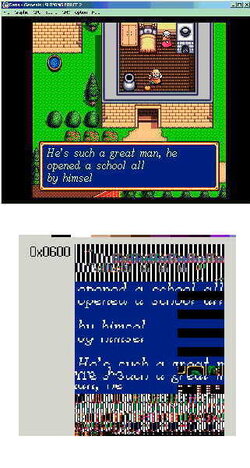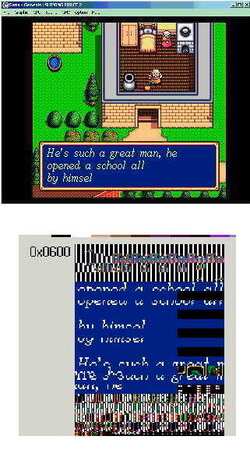I'm new to Genesis dev/ROM hacking, but not to ASM and programming in general. I'm embarking on something somewhat ambitious, but not too bad: I want to do some text hacks to Shining Force II for GEN.
But the only text that seems to be stored as ASCII is the characters names. All of the dialogue seems to be compressed or worked into the script or something like that.
I was just wondering: when you guys do things like this, how do you extract data? How do you even determine where it's stored? I'm using Gens KMod, and I've done several ROM dumps, including dumps between changes of only a few characters in a textbox, and when diffing the two dumps, the changes seem to be nondeterministic. But that brings up the question: would the currently loaded dialogue be stored in the RAM?
I'm not really sure how these things would be organized, if it would be compressed some way, if it's stored in one giant block or if it's totally spread out, if the text is encoded in the scripts or if it's in referenced tiles, etc.
So my question is: what can I do to find out how and where the data is stored? What techniques should I use? Maybe some of you could share your solution to a similar experience?
But the only text that seems to be stored as ASCII is the characters names. All of the dialogue seems to be compressed or worked into the script or something like that.
I was just wondering: when you guys do things like this, how do you extract data? How do you even determine where it's stored? I'm using Gens KMod, and I've done several ROM dumps, including dumps between changes of only a few characters in a textbox, and when diffing the two dumps, the changes seem to be nondeterministic. But that brings up the question: would the currently loaded dialogue be stored in the RAM?
I'm not really sure how these things would be organized, if it would be compressed some way, if it's stored in one giant block or if it's totally spread out, if the text is encoded in the scripts or if it's in referenced tiles, etc.
So my question is: what can I do to find out how and where the data is stored? What techniques should I use? Maybe some of you could share your solution to a similar experience?


